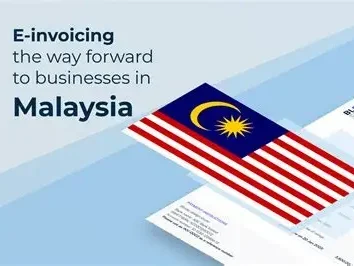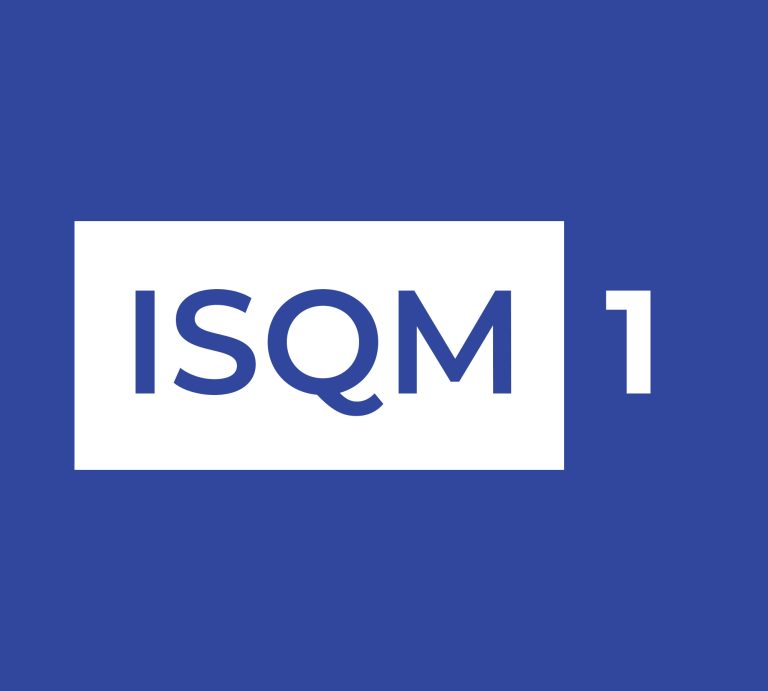Malaysia’s Phased Rollout of e-Invoicing: What Businesses Need to Know
Why e-Invoicing Matters
Malaysia is moving into a new digital tax era. The Inland Revenue Board of Malaysia (IRBM) is rolling out mandatory e-invoicing in stages based on annual revenue. Businesses that understand the timeline and prepare early will avoid compliance risks and enjoy smoother operations.
What Is e-Invoicing?
E-invoicing is a structured digital invoice created in XML or JSON. Each invoice must be validated through IRBM’s MyInvois portal or API and comes with a QR code that buyers can scan for verification.
This system is important because it:
-
Makes tax compliance easier
-
Speeds up payment cycles
-
Reduces human errors
-
Improves record-keeping
In short, e-invoicing supports Malaysia’s push toward a modern and digital tax system.
Revised Timeline: Rollout by Turnover
In June 2025, IRBM updated the mandatory timeline. Businesses will go live in phases:
| Phase | Annual Turnover / Revenue | Implementation Date | Soft Launch Period |
|---|---|---|---|
| 1 | RM 100 million and above | 1 Aug 2024 | 6 months |
| 2 | RM 25 – RM 100 million | 1 Jan 2025 | 6 months |
| 3 | RM 5 – RM 25 million | 1 Jul 2025 | 6 months |
| 4 | RM 1 – RM 5 million | 1 Jan 2026 | 6 months |
| 5 | Up to RM 1 million | 1 Jul 2026 | 6 months |
👉 For new businesses starting in 2026: if first-year revenue is below RM 500,000, e-invoicing only applies from January of the following year once the threshold is crossed.
Rules During the Soft Launch
Each phase includes a 6-month grace period. During this period:
-
Businesses may issue consolidated e-invoices, unless a buyer requests an individual one for transactions above RM 10,000.
-
Once the grace period ends—or if the value is above RM 10,000—businesses must issue individual e-invoices.
Key Takeaways for Businesses
-
The first wave started in August 2024 for companies with revenue above RM 100 million.
-
The rollout continues until mid-2026 for all other businesses.
-
SMEs below RM 500,000 turnover remain exempt for now.
-
Each phase gives 6 months of breathing room before strict enforcement.
-
High-value transactions above RM 10,000 cannot be consolidated after the soft period.
How to Prepare
Businesses should:
-
Review accounting and invoicing systems for MyInvois compatibility.
-
Train finance teams on the new invoice validation process.
-
Decide whether to use the MyInvois Portal (manual entry) or API integration (automated flow).
-
Start testing early to avoid last-minute problems.
Final Thoughts
Malaysia’s phased rollout gives businesses time to adapt, but waiting too long may create risks. Large companies must already comply, and SMEs should begin preparation soon.
Stay updated with IRBM announcements, especially if your business is new or close to the exemption threshold. Compliance is not optional—preparation is everything.
📌 Disclaimer: This article is for informational purposes only and does not constitute professional advice. Contact our team of professional advisors for tailored guidance.




